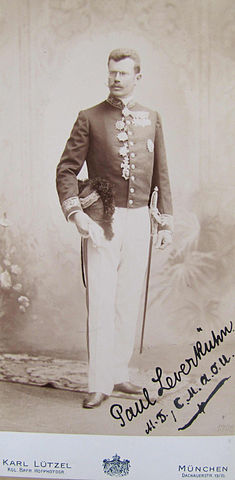
One hundred fifty years ago today in Hannover, Paul Georg Heinrich Martin Reinhold Leverkühn first saw the light of day. Leverkühn studied in Kiel, Strasbourg, and Munich, and practiced medicine in that last city before accepting an appointment as privy secretary to Ferdinand I of Bulgaria in 1892. Ferdinand was an enthusiastic botanist and entomologist, and just a month after Leverkühn’s arrival in Sofia, his job description was altered to make him director of the prince’s extensive natural historical collections.
Leverkühn’s own interests were ornithological. Ferdinand funded collecting expeditions across western and central Europe and to Russia and Turkey, the fruits of which filled the drawers and cases of the new museum built under Leverkühn’s direction.
Like most birders then and now, Leverkühn found as much satisfaction in the library as in the field. By 1905,
in the blossom of his best manly years, at the center of a rich circle of influence, and amid the pleasures of scholarly creativity,
he was about to embark on what would have been one of the greatest bibliographic works in the ornithological tradition. It was not to be, though. In December of that year, at the age of 38, Leverkühn died in Sofia, the victim of typhoid fever.

